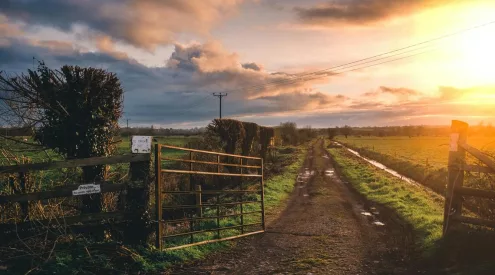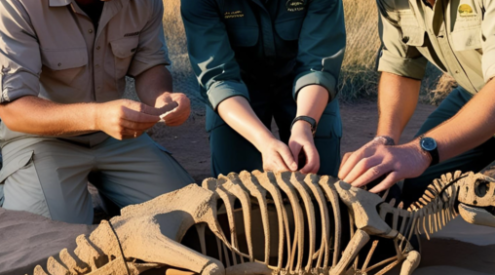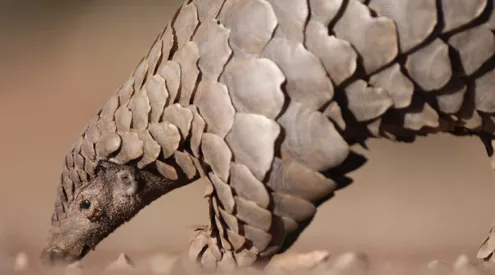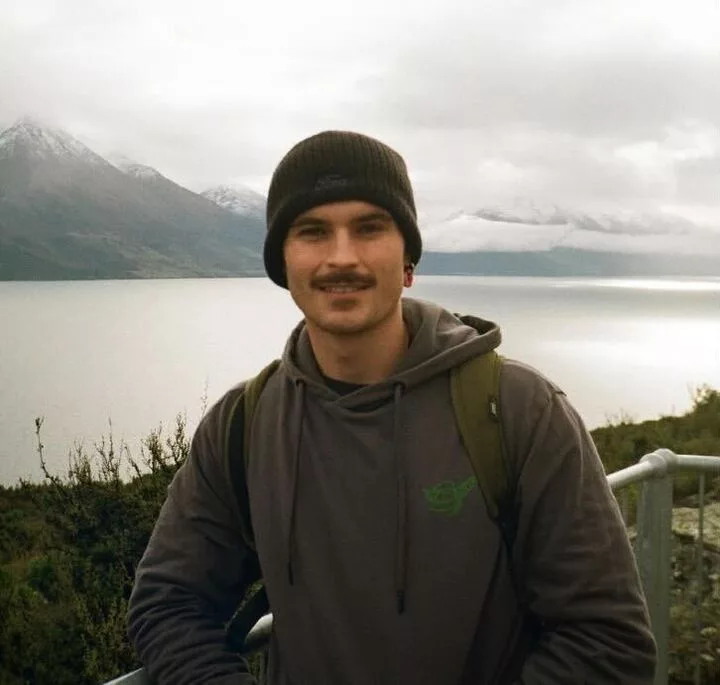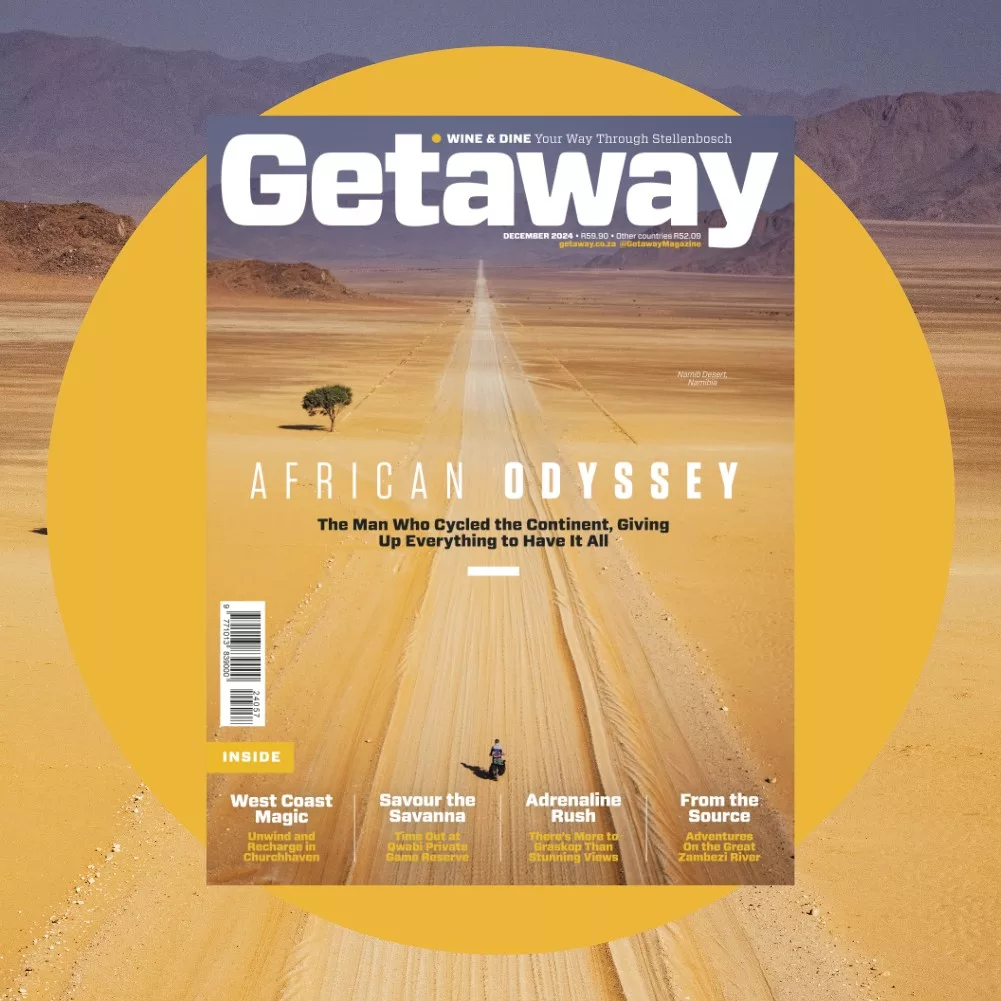Tswalu Private Game Reserve has found a way to give guests a first-hand rhino conservation experience, while collecting genetic data on rhino populations in the southern Kalahari.

The programme has already started and runs until September. Rhino notching is a surgical procedure in which a small piece of skin is removed from a rhino’s ear, which allows researchers to identify individuals.

The experience will take guests and trained experts into the Kalahari to find rhino calves between the ages of two to three. Once a rhino calf is sedated, guests get to monitor the rhino’s breathing and body temperature while the experts excise the skin.

When the procedure is done, a microchip is implanted under the skin and in the horn for tracking purposes. After DNA analysis, the skin sample is numbered for identification and entered into a global system for genetic data on rhino populations.
Pictures: Supplied
ALSO READ
Let’s talk rhino conservation: what is notching and why is it important?


